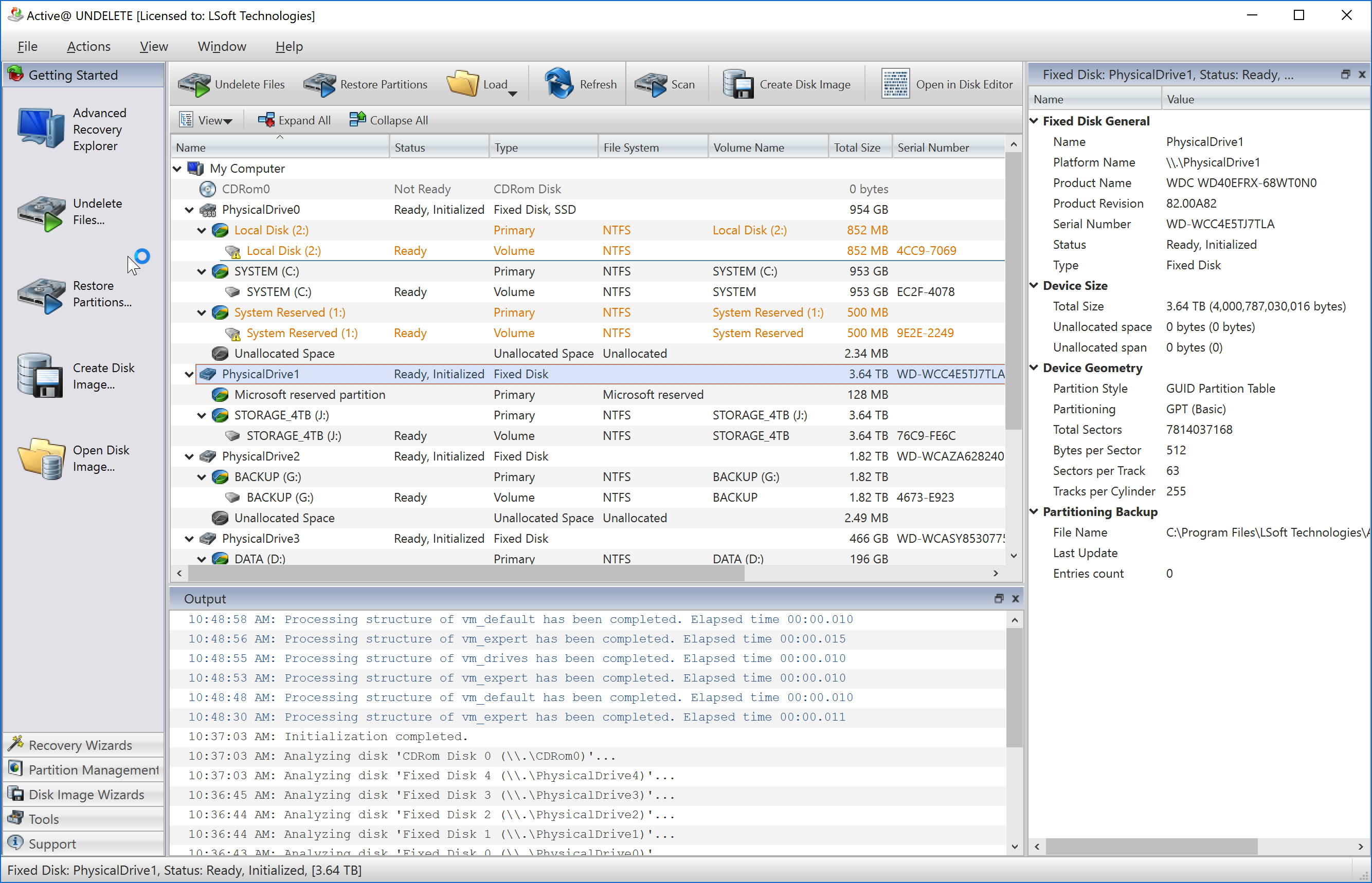
- Free file undeleter for free#
- Free file undeleter update#
- Free file undeleter full#
- Free file undeleter windows 10#
- Free file undeleter software#
Doing a quick partition scan will let you recover things you had in the trash bin, files from Android, and things deleted directly (without having passed through the trash bin). In just a few minutes you'll have access to a list of results detailing the place where the file used to be, its size, and its name.

Each does a different task so you'll be able to cover all the ways you might've lost a document.
Free file undeleter full#
This tool is divided in four main functions: quick partition scan, full partition scan, full disk scan, and mirroring. If this sounds familiar and you've been unable to find important documents or special photos, for example, Renee Undeleter is a program that you can use to recover your files hassle free. A formatting problem or emptying the trash without checking first are some of the most common ways people delete things by accident. Review the system image details and click Finish to begin the restore process.Losing important files is more common than you think.Choose additional restore options and click Next.Select a System Image backup file and click Next.Click Troubleshoot > Advanced Options > See more recovery option > System Image Recovery.Save your work and click the Restart now button under Advanced startup.
Free file undeleter update#
Free file undeleter windows 10#
The purpose of the System Image backup feature is to back up the entire Windows 10 operating system, instead of just specific folders and files.

To recover deleted files using Disk Drill: Disk Drill is easy to use, and it supports several hundred file formats and all commonly used storage devices, including spinning hard drives, SSDs, memory cards, USB flash drives, and more.
Free file undeleter for free#
You can download Disk Drill for free and use it to recover up to 500 MB of data.
Free file undeleter software#
Third-party data recovery software applications like Disk Drill can restore even permanently deleted files that the Windows 10 operating system no longer sees.

This command will invoke the CHKDSK utility and tell it to check the entire surface of the storage device for bad sectors and errors. Type the following command (replace X with the letter of your storage device): chkdsk X: /r.Press Win + X and select Windows PowerShell (Admin).The Command-Line lets you access various system tools and use them to recover deleted files without any third-party software. Just because this is arguably the least user-friendly way to recover deleted files on Windows 10 described in this article shouldn’t automatically disqualify it.


 0 kommentar(er)
0 kommentar(er)
